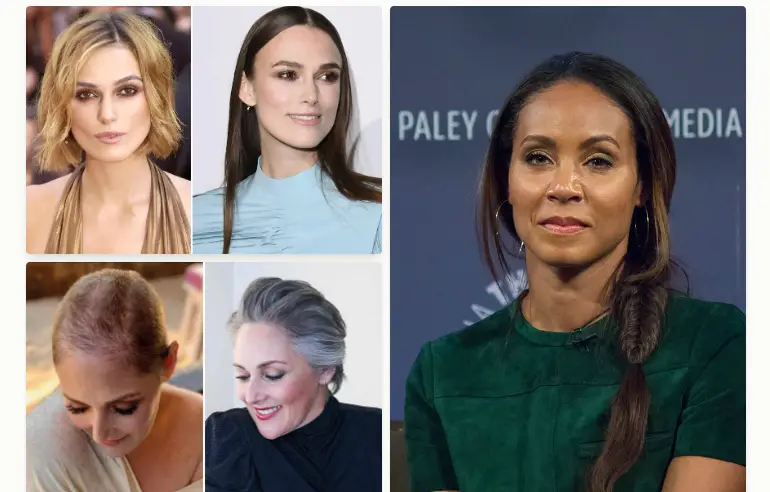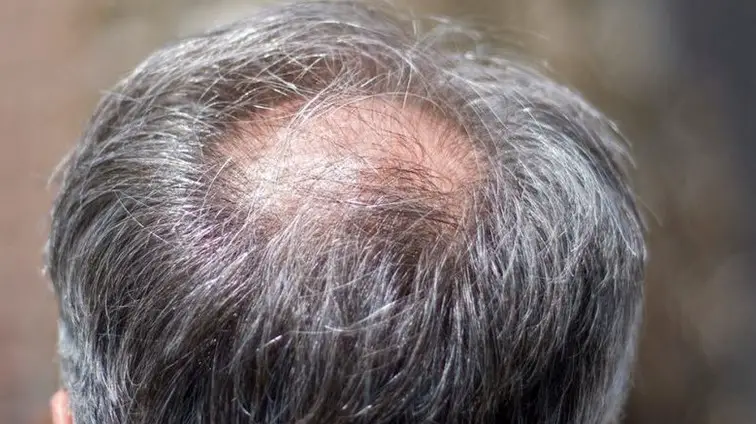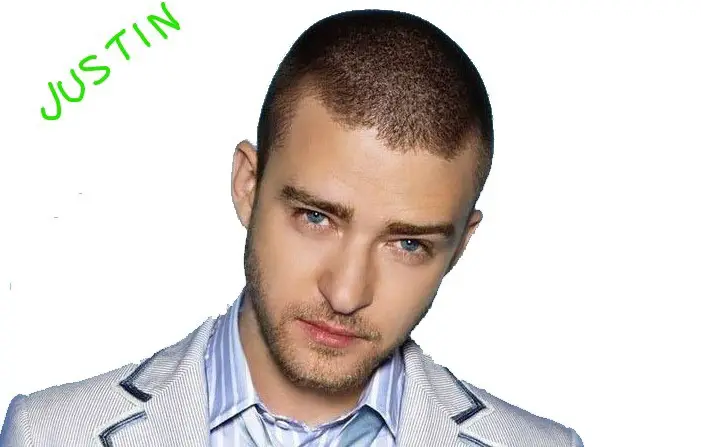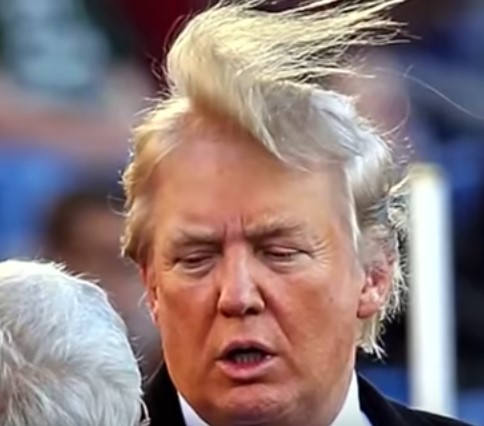Explore the realities of ‘early stage celebrity female hair loss’. Discover the causes, how celebrities address it, and the societal impact. Embrace natural beauty and self-acceptance.
Hair loss, a concern that many face, becomes magnified when in the limelight. Celebrities, often seen as the epitome of perfection, are not immune to the challenges of early-stage hair loss. In fact, the pressure to maintain a flawless image can make the experience even more daunting for them.
Imagine walking the red carpet, knowing that every camera is capturing your thinning hairline. Or reading articles where your hair becomes a bigger topic of discussion than your latest project. It’s not just about vanity; it’s about maintaining a certain image in an industry where looks often matter as much as talent.
Understanding early-stage hair loss in celebrities is crucial for several reasons:
- Empathy: Recognizing that celebrities, despite their fame and fortune, face the same insecurities as everyone else can foster a deeper connection between fans and their idols.
- Awareness: By discussing their experiences, celebrities can bring attention to a topic often shrouded in stigma, encouraging others to seek help and solutions.
- Education: Celebrities have access to some of the best treatments and experts in the field. Their journey can provide valuable insights into effective remedies and coping mechanisms.
Early Stage Celebrity Female Hair Loss: A Quick Guide
Hair loss is a universal experience, but when it happens to celebrities, especially females in their early stages, it garners significant attention. Let’s delve into the specifics:
What is Early Stage Celebrity Female Hair Loss?
- It refers to the initial signs of hair thinning or loss noticed among female celebrities. This can be due to various reasons, from genetics to lifestyle choices or even the stress of being constantly under the limelight.
Why is it Noteworthy?
- Celebrities influence societal beauty standards. When a female celebrity experiences hair loss, it challenges these standards and brings forth the conversation about natural beauty and self-acceptance.
Common Causes
- Hormonal Imbalances: Changes due to pregnancy, menopause, or PCOS.
- Stress: The constant pressure to look perfect can take a toll.
- Styling Damage: Frequent heat styling, coloring, or tight hairstyles.
- Health Issues: Underlying medical conditions or medications.
How Do Celebrities Address It?
- Treatments: From topical solutions like minoxidil to hair transplant surgeries.
- Wearing Wigs or Extensions: To add volume or length.
- Natural Remedies: Oils, massages, and herbal treatments.
- Embracing It: Some celebrities choose to embrace their hair loss, using it as a platform to discuss body positivity and natural beauty.
Early-stage hair loss in female celebrities shines a light on the imperfections we all face. It’s a reminder that celebrities, despite their fame, are human too. Their journey of acceptance can inspire many to embrace their natural selves.
The Reality of Hair Loss in Hollywood
In the glitzy world of Hollywood, where every appearance is scrutinized, the topic of hair loss remains one of the few remaining taboos. While the silver screen often portrays celebrities as the epitome of perfection, the reality is far from it. Many celebrities, just like the general public, grapple with the challenges of thinning hair and balding. But what happens when the spotlight is always on you?

The Silent Struggle
For many celebrities, the onset of hair loss is a silent struggle. The fear of being judged or becoming the subject of tabloid gossip can be overwhelming. Personal anecdotes from stars like Selma Blair and Tyra Banks have shed light on the emotional toll it can take. Blair, known for her luscious locks, once mentioned in an interview how she spent hours in front of the mirror, trying to cover up the thinning patches. The pressure to always look perfect, especially when every camera is capturing your every move, can be immense.
Learn more about the emotional journey of beautiful bald women.
Celebrities Who’ve Opened Up
The silver lining in this cloud is the increasing number of celebrities who are opening up about their hair loss journey, breaking the stigma, and offering hope to many. Here are a few:
- Ariana Grande: The pop sensation revealed that constant hair dyeing and styling led to significant hair damage. Her iconic ponytail? It was a way to hide the damage. Grande’s candid revelation made headlines, but it also made many realize that celebrities aren’t immune to common hair issues.
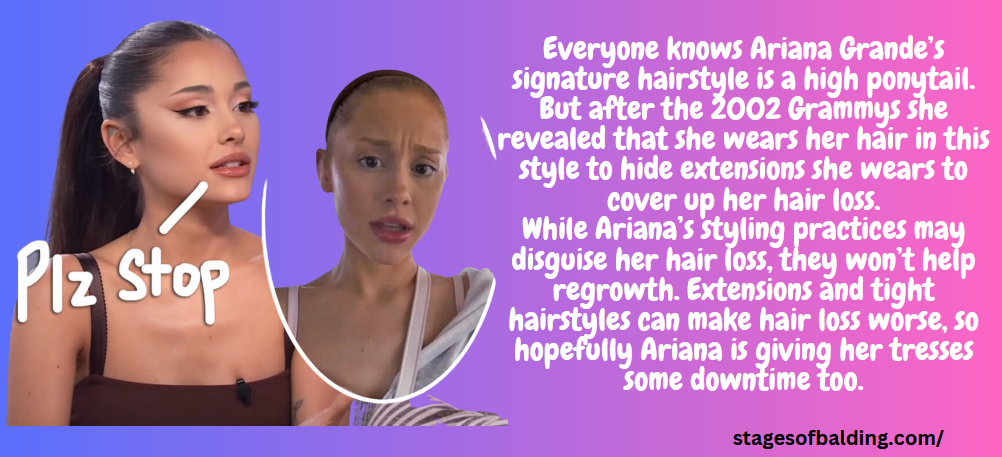
- Tyra Banks: The supermodel and TV host has been open about her struggles with alopecia areata. She often shares tips and tricks she’s learned over the years, from scalp massages to specific hair products.
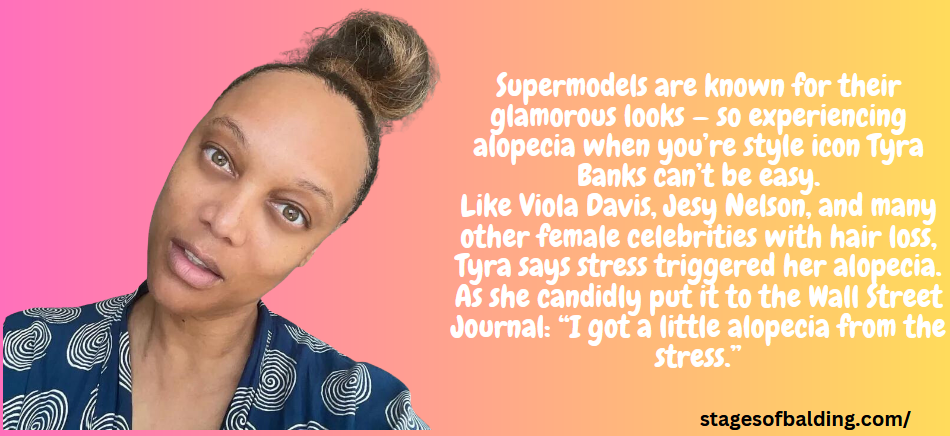
- Selma Blair: After her MS diagnosis, Blair showcased her shaved head on Instagram, embracing her new look and inspiring many in the process.
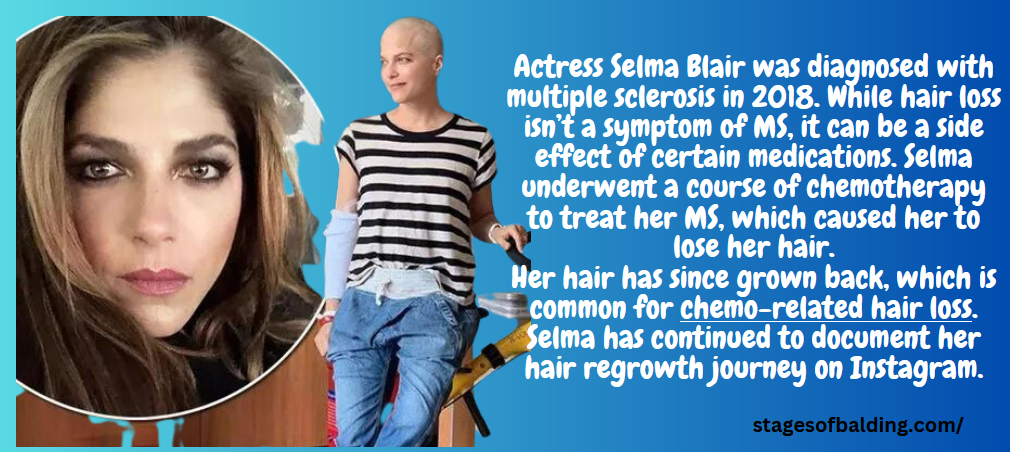
These celebrities’ stories highlight a crucial point: hair loss doesn’t discriminate. It can affect anyone, regardless of their status. But with the right support and treatments, it’s possible to navigate this challenge with grace and confidence.
| Celebrity | Hair Loss Type | Coping Mechanism |
|---|---|---|
| Ariana Grande | Damage from styling | Ponytail |
| Tyra Banks | Alopecia Areata | Scalp treatments |
| Selma Blair | Medical condition | Shaving & embracing |
Discover hair transplant female celebrities who have found the surgery effective.
Are you inspired by these celebrities’ hair journeys? Dive deeper into the world of stage 1 hair loss treatment and discover solutions that might work for you. Don’t let hair loss define you. Embrace your journey and find your unique solution.
Understanding Early Stage Hair Loss
Hair loss is a phenomenon that transcends age, gender, and even status. While it’s often associated with older individuals, the reality is that early stage hair loss can begin much earlier than most anticipate. In the glamorous corridors of Hollywood, where appearance is paramount, understanding and addressing hair loss becomes even more critical. But what causes it? And more importantly, how can it be treated?
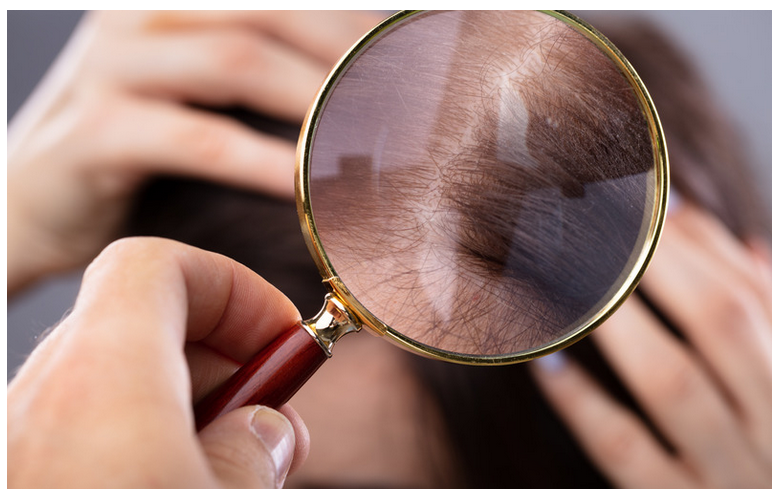
Understanding Hair Loss: At a Glance
Types of Hair Loss
- Androgenetic Alopecia: Also known as male or female pattern baldness. It’s hereditary and affects both men and women.
- Alopecia Areata: An autoimmune disorder where the immune system attacks hair follicles.
- Traction Alopecia: Caused by hairstyles that pull the hair too tightly.
- Telogen Effluvium: Temporary hair thinning over the scalp due to changes in the growth cycle.
- Anagen Effluvium: Rapid hair loss resulting from medical treatments like chemotherapy.
Causes of Hair Loss in Women
Hair loss in women can be attributed to a myriad of factors:
- Genetic Factors: Often, the propensity for hair loss is passed down through generations. If your mother or grandmother experienced hair loss, the chances are that you might too.
- Hormonal Changes: Events like pregnancy, menopause, and even certain birth control methods can trigger hair loss.
- Medical Conditions: Conditions like polycystic ovary syndrome (PCOS), iron deficiency, and thyroid disorders can lead to hair thinning.
- Stress: Both physical and emotional stress can result in temporary hair loss.
- Hair Treatments: Over-styling, using harsh products, or frequent color treatments can weaken hair.
For many, the realization that their hair is thinning can be a shock. Celebrities like Ariana Grande have spoken about the emotional toll of seeing clumps of hair come out after a shower. But understanding the cause is the first step to finding a solution.
Table: Common Causes and Solutions for Hair Loss
| Causes of Hair Loss | Solutions |
|---|---|
| Hormonal changes (e.g., pregnancy, menopause) | Hormone therapy, balanced diet |
| Medical conditions (e.g., thyroid issues) | Address underlying condition, medications |
| Medications and supplements | Consultation with a doctor, alternative medications |
| Stress | Stress management techniques, therapy |
| Poor diet lacking in essential nutrients | Nutritional supplements, balanced diet |
| Excessive hairstyling or treatments | Gentle hair care, avoid heat and chemicals |
Key Points to Remember
- Early Detection: The sooner you detect and address hair loss, the better the outcomes. Regularly check for signs like excessive hair on your pillow or in the shower.
- Consultation is Key: Always consult with a dermatologist or trichologist if you suspect hair loss. They can provide a proper diagnosis and treatment options.
- Natural isn’t Always Better: While natural remedies can be beneficial, they might not always be the solution. It’s essential to be informed and choose treatments based on efficacy and safety.
- Mental Well-being: Hair loss can take a toll on one’s mental health. Seeking support, whether through therapy or support groups, can be beneficial.
Female Pattern Hair Loss: The Basics
Female pattern hair loss, also known as androgenetic alopecia, is the predominant type of hair loss in women. It’s a condition influenced by hormones, aging, and genetics. While it can manifest at any age, it’s notably more prevalent post-menopause. The initial signs include a gradual thinning along the part line, which then evolves into more diffuse hair loss from the crown of the head. Contrary to male-pattern baldness, women rarely experience complete baldness, and the frontal hairline remains largely unaffected, save for the usual recession.
Diagnosis typically involves a visual examination, considering the pattern of hair loss, eliminating other potential causes, and taking into account one’s medical history.
Learn more about the Ludwig pattern hair loss in female.
Stages of Female Pattern Baldness
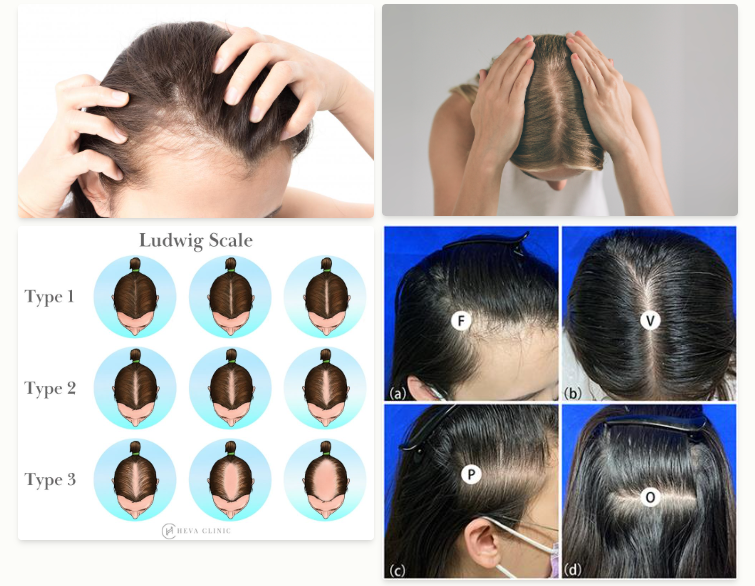
According to the Sinclair scale, there are five distinct stages of female pattern baldness:
- Stage 1: Minimal hair loss.
- Stage 2: A noticeable gap emerges in the central hair part.
- Stage 3: The central parting gap widens, accompanied by hair loss on either side of this part.
- Stage 4: Bald patches become evident towards the front of the hairline.
- Stage 5: Severe hair loss.
If you notice signs of hair loss, it’s imperative to consult a doctor to pinpoint the root cause and, if required, begin treatment.
Treatment Options
Thankfully, with advancements in medical science and dermatology, there are numerous treatments available for those experiencing early stage hair loss. While female pattern hair loss can’t be reversed without intervention, the right treatment can halt the loss and even promote regrowth.
Some of the available treatments include:
- Topical Treatments: Products like minoxidil can be applied directly to the scalp to stimulate hair growth.
- Oral Medications: Drugs like finasteride can help reduce hair loss and even promote new growth in some cases.
- Hair Transplants: A more permanent solution where hair follicles from one part of the body are transplanted to the thinning areas.
- Natural Remedies: Oils like rosemary and peppermint have been shown to promote hair growth when massaged into the scalp.
- Lifestyle Changes: A balanced diet, avoiding smoking, and reducing stress can all positively impact hair health.
For celebrities, the journey to restoring their hair often takes place away from the public eye. Personal anecdotes reveal the trials of trying different treatments, the joy of finding one that works, and the renewed confidence that comes with it. Tyra Banks, for instance, has been candid about her use of scalp treatments to combat her alopecia areata.
Early stage hair loss doesn’t have to be a life sentence. With the right information and stage 2 hair loss treatment, you can regain not just your hair, but also your confidence. Dive deeper into the world of hair care and discover solutions tailored for you.
Related Articles:
- Alexyoumazzo with hair
- Is it a sin for a woman to be bald?
- Stage 3 hair loss treatment
- Iron deficiency hair loss early stage female pattern baldness
- Temple hair loss female
Beauty Tips and Tricks for Thinning Hair
In the world of glitz and glamour, hair plays a pivotal role in defining one’s look. But what happens when the luscious locks start to thin? Whether it’s due to genetics, hormonal changes, or other factors, thinning hair can be a source of distress for many. However, with the right beauty tips and tricks, you can still rock a stunning look and feel confident in your appearance.

Understanding the Root Cause
Before diving into beauty tips, it’s essential to understand the underlying causes of thinning hair. As mentioned earlier, female pattern hair loss, also known as androgenetic alopecia, is a significant contributor. Influenced by hormones, aging, and genetics, it can manifest at any age but is notably more prevalent post-menopause.
If you’re experiencing thinning hair, it’s crucial to consult a doctor to pinpoint the root cause. Only then can you effectively address the issue and choose the right beauty solutions.
Styling Tips for Thinning Hair
- Volume Boosting Products: Use shampoos, conditioners, and styling products specifically designed to add volume to thinning hair.
- Avoid Heavy Products: Products like heavy waxes or gels can weigh down hair, making it look flatter.
- Shorter Hairstyles: A bob or a pixie cut can give the illusion of thicker hair.
- Use Color Wisely: Highlights can create a multi-dimensional look, giving the illusion of depth and volume.
- Avoid Tight Hairstyles: Tight ponytails or braids can stress the hair follicles, leading to further hair loss.
Celebrities like Selma Blair and Tyra Banks have been candid about their hair struggles and have showcased how the right hairstyle can make all the difference. Their journeys are a testament to the fact that with the right approach, thinning hair can be styled beautifully.
Hair Accessories and Extensions
Hair accessories can be a game-changer for those with thinning hair:
- Headbands and Scarves: These can cover thinning patches and add a touch of style.
- Hair Toppers: These are perfect for covering areas of hair loss at the crown.
- Extensions: While they should be used sparingly to avoid stressing hair follicles, they can add volume and length.
Thinning hair doesn’t mean the end of glamorous hairstyles. With the right products, techniques, and a dash of creativity, you can flaunt stunning hairstyles that turn heads. Dive deeper into the world of hair care and discover more beauty secrets tailored for you.
The Emotional Journey of Hair Loss
Hair is often considered a crown of beauty, a symbol of youth, and an integral part of one’s identity. When it starts to thin or fall out, the emotional toll can be profound. From the glitzy streets of Hollywood to the everyday lives of individuals worldwide, the journey of hair loss is one filled with a myriad of emotions, from denial and anger to acceptance and empowerment.
The Initial Shock and Denial
The first signs of hair loss often come as a shock. It’s common to dismiss it as a temporary phase or attribute it to factors like stress or a bad diet. Many hope that it’s just a passing phase, something that will correct itself with time. This denial phase can be prolonged, especially when one is unaware of conditions like androgenetic alopecia or the impact of hormonal changes.
Anger and Frustration
As the reality sets in, feelings of anger and frustration often emerge. Questions like “Why me?” or “What did I do wrong?” are common. For many, especially those in the limelight, hair loss can feel like a cruel joke, impacting not just their appearance but also their self-worth and confidence. Celebrities like Ariana Grande and Selma Blair have openly discussed their struggles, shedding light on the emotional turmoil that accompanies hair loss.
Acceptance and Empowerment
The journey doesn’t end in despair. With time, acceptance begins to take root. Many find strength in support groups, therapy, or simply by educating themselves about the condition. Embracing the change, some even turn to stylish haircuts, wigs, or scarves, turning their hair loss into a fashion statement. The narrative shifts from loss to empowerment, with many realizing that their worth isn’t tied to their hair.
Hair loss is more than just a physical change; it’s an emotional journey. But remember, you’re not alone. Dive deeper into personal stories, expert advice, and find a community that understands and supports you.
FAQs
Navigating the world of hair loss can be overwhelming, with numerous questions arising as one tries to understand the condition better. Here, we address some of the most frequently asked questions about hair loss, especially in the context of celebrities and the emotional journey it entails.

1. What causes hair loss in women?
Hair loss in women can be attributed to various factors, including:
- Androgenetic alopecia or female pattern hair loss
- Hormonal changes, especially post-menopause
- Stress or traumatic events
- Medical conditions or treatments
- Poor diet or nutritional deficiencies
For a deeper dive into the causes, check out our comprehensive guide on female pattern baldness.
2. Do celebrities also experience hair loss?
Absolutely. Celebrities, despite the glitz and glamour, are human and face the same health issues as everyone else. Many celebrities, like Ariana Grande and Selma Blair, have openly discussed their hair loss journeys, shedding light on the fact that fame doesn’t shield one from such challenges.
3. Are there treatments available for hair loss?
Yes, there are several treatments available, including:
- Medications to promote hair growth or prevent further loss
- Hair transplant surgeries
- Hairpieces or wigs
- Natural remedies and dietary changes
4. How do I know if my hair loss is temporary or permanent?
The cause of your hair loss often determines its permanence. Temporary hair loss can result from stress, certain medications, or even childbirth. Once the triggering factor is addressed, hair usually grows back. Permanent hair loss, like androgenetic alopecia, is progressive and requires intervention to halt or reverse.
Understand the stages and signs of permanent hair loss.
5. Can hairstyles or hair products cause hair loss?
Certain tight hairstyles, like ponytails or braids, can cause traction alopecia, a type of hair loss. Additionally, excessive use of heat or chemical treatments can weaken hair, leading to breakage. It’s essential to be gentle with your hair and choose products wisely.
Got more questions? We’re here to help. Dive deeper into the world of hair care, explore personal stories, and arm yourself with knowledge.
Conclusion
The journey of understanding hair loss, especially in the context of celebrities, is both enlightening and emotional. While hair is often seen as a symbol of beauty and youth, it’s essential to remember that it doesn’t define one’s worth or identity. Celebrities, with their lives under the spotlight, face the same challenges as everyone else, making their stories even more relatable and inspiring.
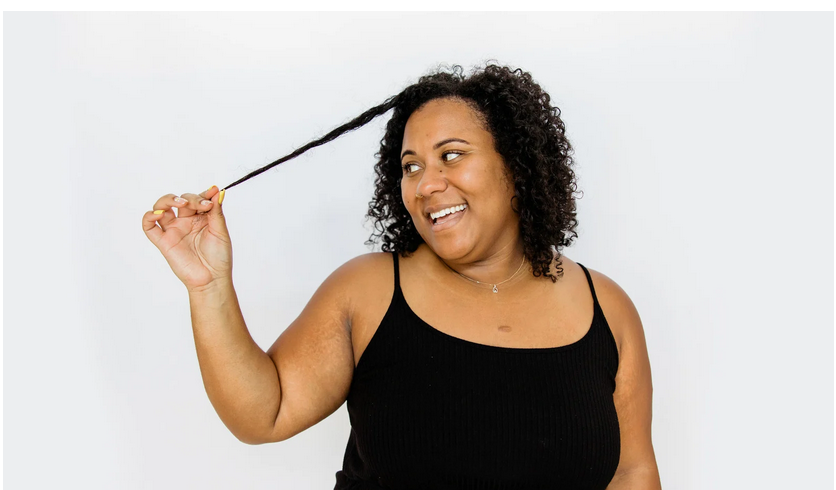
Hair loss, whether temporary or permanent, can be a challenging experience. But with the right knowledge, support, and treatments, it’s possible to navigate this journey with grace and confidence. The stories of celebrities like Ariana Grande and Selma Blair remind us that vulnerability can be a source of strength and that acceptance is the first step towards empowerment.
For those experiencing hair loss, remember that you’re not alone. There’s a vast community out there, from experts to individuals sharing their personal stories, ready to support and guide you. Embrace the change, seek the right treatments, and always prioritize your well-being.
Your hair journey is unique, and every story is worth sharing. Dive deeper, connect with others, and find solace in shared experiences.
Key Takeaways
- Hair Loss is Universal: Whether you’re a celebrity or an everyday individual, hair loss doesn’t discriminate. It’s a natural part of life that many people, regardless of their status, experience.
- Understanding is Crucial: Knowledge is power. Understanding the causes, stages, and treatments of hair loss can empower individuals to make informed decisions about their hair health.
- Embrace and Empower: While hair loss can be emotionally challenging, embracing the change and seeking support can lead to empowerment and acceptance.
- Treatment Options Abound: From medications to hair transplants, there are numerous treatments available for those experiencing hair loss. It’s essential to consult with experts and choose the best option for individual needs.
- Community Support: There’s a vast community of individuals and experts ready to offer support, share personal stories, and provide guidance to those on their hair loss journey.
- Celebrities Share Their Stories: Personal anecdotes from celebrities like Ariana Grande and Selma Blair shed light on the emotional journey of hair loss, offering inspiration and hope to many.
- Holistic Approach: Beyond physical treatments, addressing the emotional and psychological aspects of hair loss is crucial for holistic well-being.
- Stay Updated: The world of hair care and treatments is ever-evolving. Staying updated with the latest research, treatments, and personal stories can offer new perspectives and solutions.
Remember, while hair is a significant part of our identity, it doesn’t define us. Embracing change, seeking support, and prioritizing well-being are the keys to navigating the journey of hair loss with grace and confidence.
- AI Powered Bald Filter Online 2024: See Yourself with No Hair! - January 19, 2024
- Harklinikken Bad Reviews 2024: Analyzing Negative Feedbacks - January 18, 2024
- How to Get the Alex Eubank Hair | Step-By-Step Tutorial 2024 - January 18, 2024

